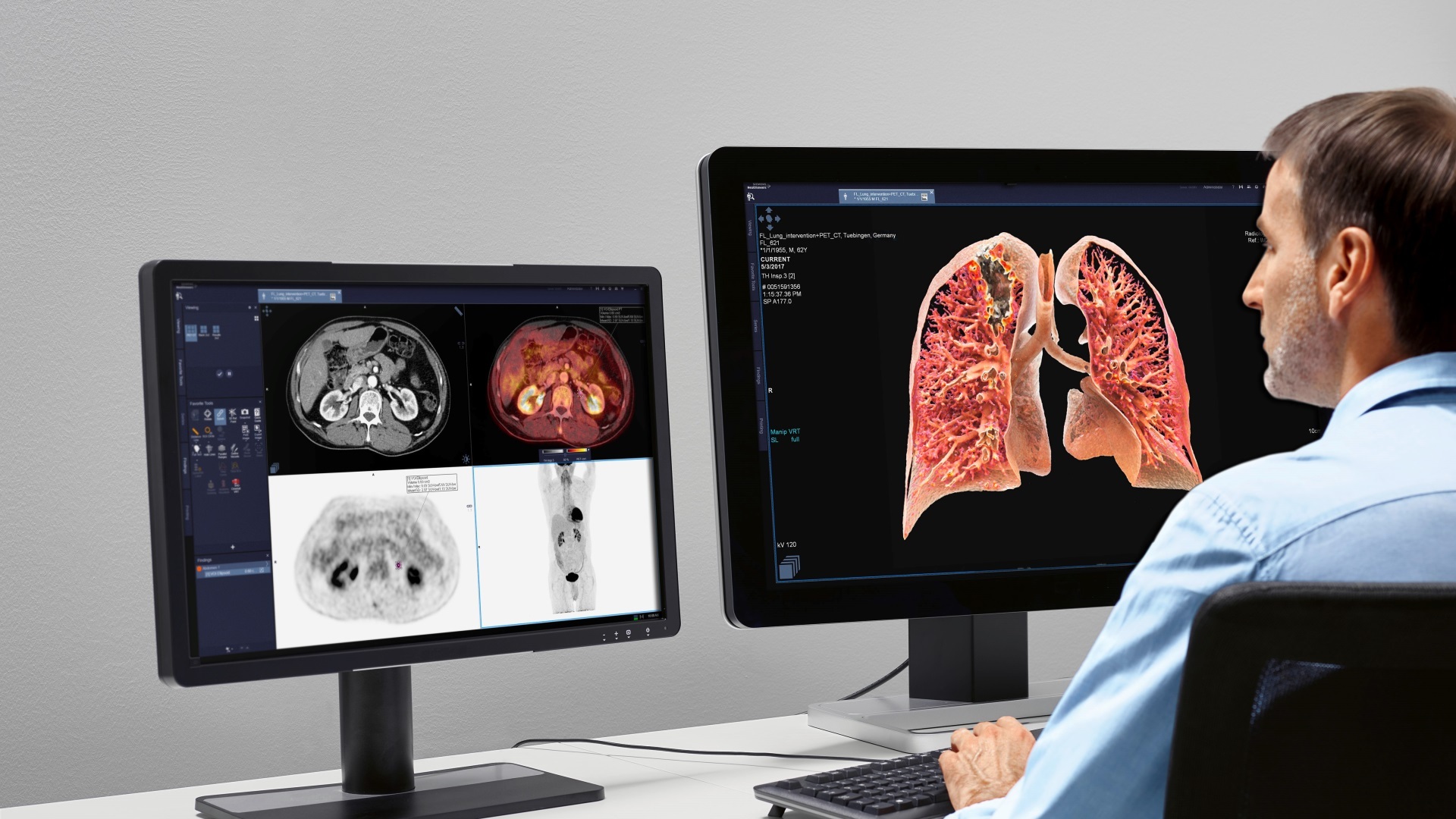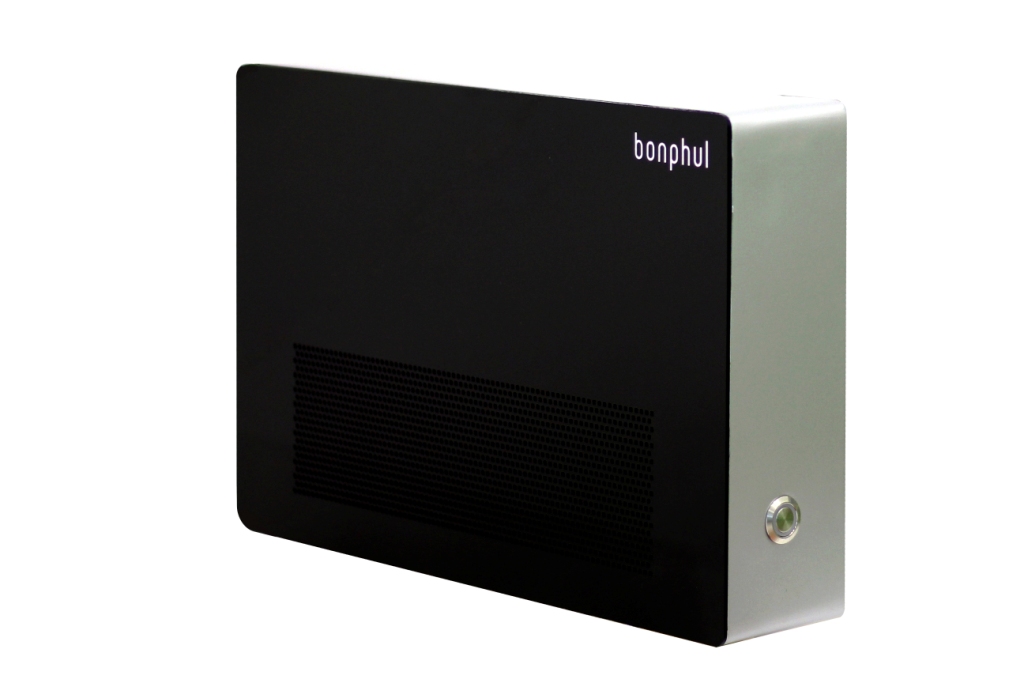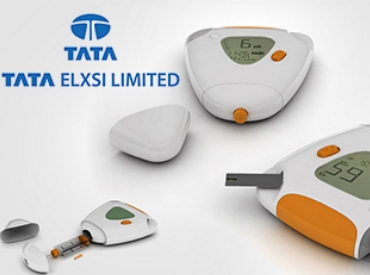The researchers from University of Georgia have developed a technique to diagnose a common type of pneumonia within minutes. They have detected Mycoplasma pneumonia, which causes atypical or “walking pneumonia,” in true clinical samples with over 97 percent accuracy using a recently developed nanotechnology-based platform.The researchers have built upon an existing technology called surface-enhanced Raman spectroscopy, which works by detecting spectral signatures of a near-infrared laser as it scatters off a biological specimen. They were able to enhance the Raman signal by using silver nanorod arrays to detect the tiny bacteria in throat swab specimens. The nanorod array is like a brush with densely packed bristles, where each of the tiny silver rods extends out at a specific angle. The sample, such as bacteria from a throat swab, penetrates among the bristles, where the spectral signature produced by the laser is amplified and then analyzed by a computer program. Researchers have noted that infections due to M. pneumonia are very common yet difficult to diagnose. The bacterium is a major cause of respiratory disease in humans and the leading cause of pneumonia in older children and young adults.

Be a part of Elets Collaborative Initiatives. Join Us for Upcoming Events and explore business opportunities. Like us on Facebook , connect with us on LinkedIn and follow us on Twitter , Instagram.












